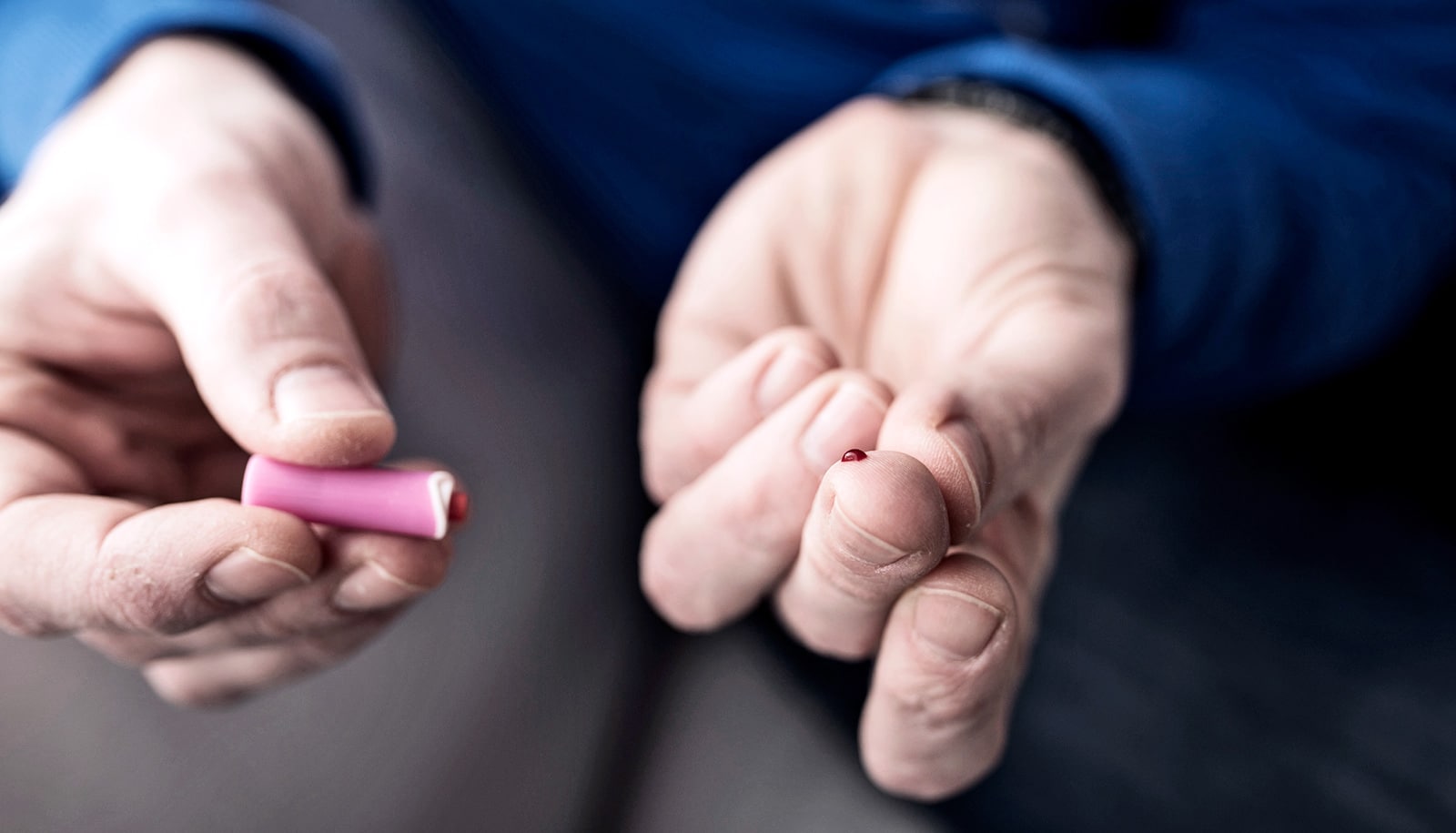A collagen formulation mixed with pancreatic cells is the first minimally invasive therapy to successfully reverse type 1 diabetes within 24 hours and maintain insulin independence for at least 90 days, a pre-clinical animal study shows.
The findings suggest that people and dogs with type 1 diabetes could eventually replace daily insulin injections or wearable pumps with a shot every few months.
For diabetic pets, the next step is a pilot clinical study in dogs with naturally occurring type 1 diabetes.
“We plan to account for differences from mouse to human by helping dogs first. This way, the dogs can inform us on how well the treatment might work in humans,” says Clarissa Hernandez Stephens, first author of the work and a graduate researcher in Purdue University’s Weldon School of Biomedical Engineering. Findings appear in the American Journal of Physiology – Endocrinology and Metabolism.
‘No time off’ from diabetes
“With giving my dog shots twice a day, I have to constantly be thinking about where I am and when I need to be home. It greatly affects my work and my personal life,” says Jan Goetz, owner of a diabetic dog named Lexi. “Not having to give these shots would mean freedom.”
Type 1 diabetes affects about one in every 100 companion animals in the US, including dogs and cats, and approximately 1.25 million American children and adults.
David Taylor of Indiana has struggled with type 1 diabetes for almost 50 years.
“A type 1 diabetes diagnosis was my 18th birthday present, and since that first insulin injection, managing diabetes has been my ‘other’ full time job,” Taylor says. “Treatment methods have improved enormously over 50 years, but they still permit no time off for the patient. Receiving an injection every few months would restore the near-normal life to me that I haven’t had as an adult—and I could retire from that full-time diabetes management job.”
Because diabetes in dogs happens similarly in humans, treatment has so far been largely the same: Both need glucose monitoring throughout the day and insulin after meals.
This also means that dogs and humans could potentially benefit from the same cure: A new set of pancreatic cells to replace the clusters of cells, called islets, that aren’t releasing insulin to monitor blood glucose levels.
Still, 20 years of research and clinical trials hasn’t produced an effective islet transplantation therapy because it requires multiple donors; the current method of delivering islets through the portal vein of the liver is too invasive; and the human immune system tends to destroy a large percentage of transplanted islets.
New packaging for islets
The researchers simply changed the islets’ packaging—first, within a solution containing collagen, and second, as an injection through the skin instead of all the way at the liver, saving patients from a nasty procedure.
“Traditionally, we transplant islets in the liver of the animal and never do it under the skin, in large part because the skin doesn’t have the blood flow that the liver has for transporting insulin released by islets. And there are a lot of immune cells in the skin, so chances of rejection are high,” says Raghu Mirmira, professor of pediatrics and medicine and director of the Diabetes Research Center at the Indiana University School of Medicine.
The team removed the need for transplanting in the liver by thoroughly mixing mouse islets, which Mirmira’s lab provided, with the collagen solution. Upon injection just under the skin, the solution solidifies, the body recognizes the collagen, and supplies it with blood flow to exchange insulin and glucose.
“It’s minimally invasive; you don’t have to go to the operating room and have this infusion into the portal vein. It’s as easy as it comes, just like getting a shot,” says Sherry Voytik Harbin, professor of biomedical engineering and basic medical sciences at Purdue.
The researchers tested the effects of the solution between mouse twins and non-twins to check for discrepancies. Initial studies showed if the mouse donor were a twin to the recipient, the diabetic mouse could go at least 90 days without needing another shot. If not twins, the mouse would have normal blood sugar levels for at least 40 days. Nearly all transplanted islets survived either scenario, removing the need for multiple donors to compensate for those killed off by the immune system.
From mice to dogs
As they transition to testing the formulation in naturally diabetic dogs, the researchers will explore the feasibility of transplanting pig islets or stem cells programmed to produce insulin, in hopes that either method will further increase donor availability.
The islet transplantation therapy might also have implications for better treating severe pancreatitis.
Purdue and the Indiana University School of Medicine collaborated on this work through the National Institute of Health T32 Indiana Bioengineering Interdisciplinary Training for Diabetes Research Program.
The collagen formulation is a patented technology. Additional support for the work came from the National Science Foundation Graduate Research; the Indiana University School of Medicine Center for Diabetes and Metabolic Diseases Pilot and Feasibility Program; and the McKinley Family Foundation. The study utilized core services provided by the NIH to the Indiana University School of Medicine.
Source: Purdue University



